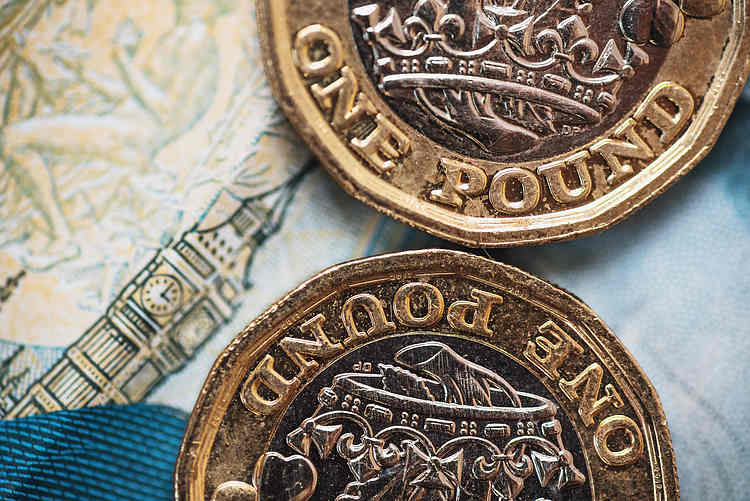GBP/USD turned bearish on Wednesday, dropping back below 1.34 as markets pulled back from recent Pound Sterling bull run. The US Dollar regained ground as investors assessed the state of the US economy. The Pound Sterling is expected to remain absent from economic calendar data for the rest of the week, with GBP/USD traders looking towards Friday’s upcoming US inflation print.
US consumer confidence indicators fell this week, with confidence readings at their lowest in three years as consumer inflation expectations ticked higher. New home sales also declined in August, falling 4.7% to 716K. Additionally, investors will see another print of US GDP growth for the second quarter, expected to hold steady at 3.0% annually. Thursday will bring speeches from several Fed officials.
The New Home Sales Change, released by the US Census Bureau, is an important measure of housing market conditions. A high reading is seen as bullish for the USD, while a low reading is seen as bearish. The recent release showed a decrease of 4.7% from the previous month’s revised numbers, signaling potential weakness in the housing market.
Wednesday’s bearish reversal pushed GBP/USD below 1.34, with price poised for further downward movement. Short sellers may target the 50-day EMA at 1.3062, while bidders aim to recover towards 30-month highs at 1.3430. The Pound Sterling, the oldest currency in the world, is the official currency of the UK and accounts for 12% of all FX transactions, averaging $630 billion a day.
The value of the Pound Sterling is influenced by monetary policy decisions made by the Bank of England, with a focus on achieving price stability through adjusting interest rates. Data releases such as GDP, Manufacturing PMIs, and Employment figures can impact the GBP. A strong economy is positive for the Pound Sterling, attracting foreign investment and potentially leading to an increase in interest rates.
The Trade Balance is another significant indicator for the Pound Sterling, measuring the difference between exports and imports. A positive net Trade Balance strengthens a currency, while a negative balance can weaken it. Understanding these economic indicators can help predict the direction of the GBP/USD pair and inform trading decisions in the forex market.









